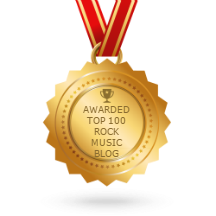Elizabeth Anne Jones Talks about the music and inspiration behind Elfin Bow
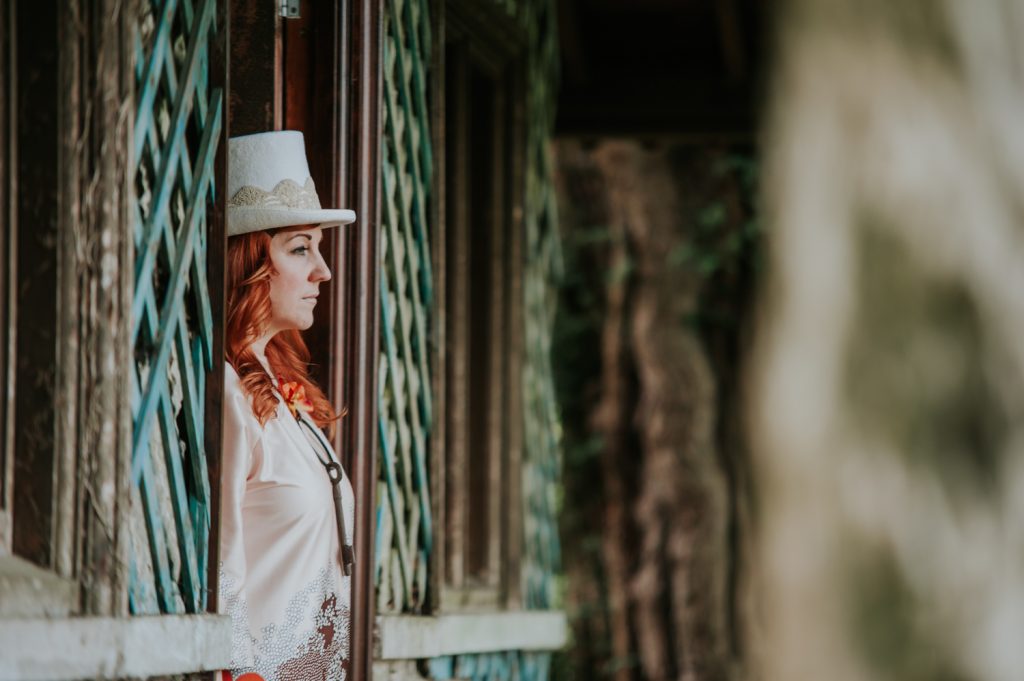
I recently had the opportunity to catch up with Elfin Bow, whose wonderful debut album I have enjoyed immensely. Many of you will not have previously come across her, but her songs are wistful and simply beautiful, but she is not just a singer, as hopefully the words below will convey.
Who is Elfin Bow, and where did the name come from? Why use a stage name at all?
Whenever anyone asks me about Elfin Bow, I know they are thinking that it’s the flamboyant stage costumes, the homemade headwear, the top hats, the art, the music, the stories. And in some ways that is what has become associated with the name. But it’s definitely not an alter ego or someone who I wish to be, it is who I am. For me, Elfin Bow is the permission to explore my creativity and artistry as fully and unapologetically as possible; permission to ask questions, to take risks and make mistakes. I follow my intuition, my creative urges that come from some ‘other’ place and I walk through doors of opportunity with confidence, knowing that if I trust the process, more creative adventures await. I recently made a film with my cousin, Victor Pennington, asking, ‘Who is Elfin Bow?’ We filmed me performing songs, creating art, costumes, wearing different outfits and hats, walking in the woods, waxing lyrical in the sunset…. but as we were making the video, I began taking things away in my head: What if I could no longer sing? What if I lost the use of my hands? What if my hair fell out? What if I were forced to leave my home with nothing? These may seem like dramatic questions but each time I asked myself, ‘Would I still be Elfin Bow?’ And of course the answer was, ‘YES!’ My creativity may be (and has) been tested but will never leave me. It will always find a way to connect, to find meaning, to enhance my life experience. It always does. And because it is not just a stage name, but the name I use for all my creative endeavours (like working with schools and community groups), Elfin Bow gives permission for others to be creative, to think a bit differently, to feel inspired, to make mistakes, to be human, to be honest, to be real. If I’m gonna stand for something, I’m quite happy for it to be that.
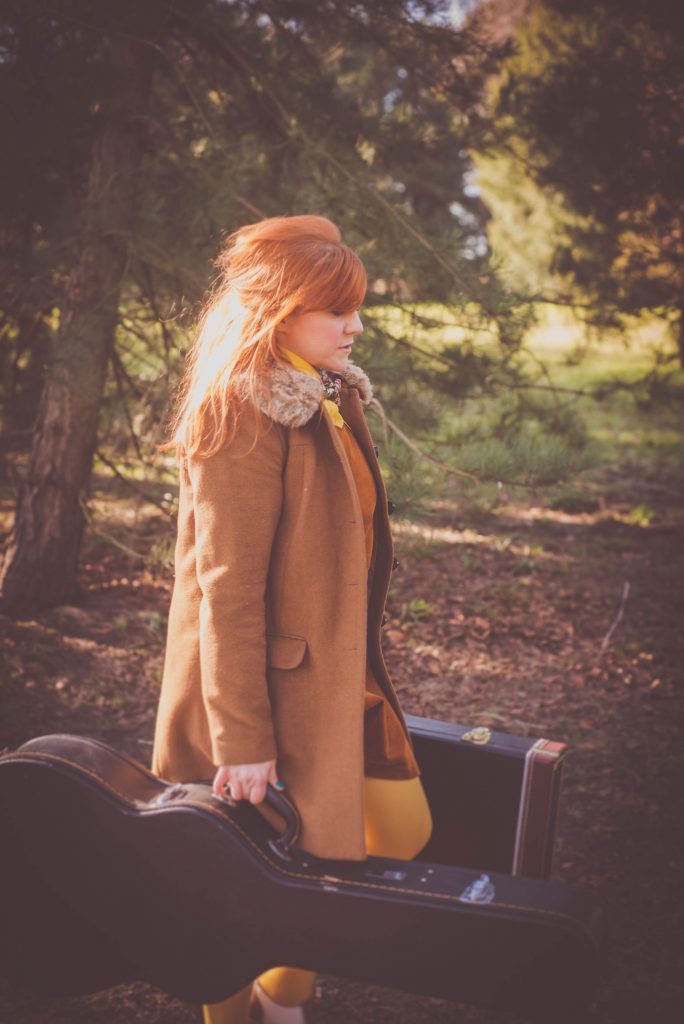
The name came from an old sketchbook, from a decades-old page with weird sketches and drawings that I have no recollection of doing at all. I was getting married and changing my name from Elizabeth Kearney to Elizabeth Jones – both lovely and respectable names – but not ones that inspired me to step into that creative confidence. I guess once I took on Elfin Bow, it was like I had given myself the green light to not put my own projects on hold anymore. As an art teacher, mum and wife to an outstanding musician and songwriter, Gary Edward Jones, I had constantly taken on the role of facilitator, helping others explore their creativity and achieve their potential, whilst leaving my own dreams and desires on the bottom of the pile. Elfin Bow symbolises that moment of turning life on its head. To walk to the edge of the cliff and stepping off to see if you can fly. Of stopping worrying what others think. Of being the kind of mum that doesn’t feel guilty about dragging her son to the recording studio for another Saturday recording session, because she is passionately modelling what following your dreams looks like. Elfin Bow stands for not trying to be like anyone else but creating your own space to thrive in, passionately and authentically.
What are your earliest musical memories, and who/what inspired you to start playing music?
My earliest musical memories would have to include the sound of the old pianola piano that took centre stage in our house. My dad would pick up the perforated rolls in charity shops and bring home all kinds of classics by the old masters; Chopin, Beethoven, Sibelius, as well as popular 1920’s tunes like Tea for Two and random finds like The Star-Spangled Banner. It wasn’t an automatic pianola. It had heavy pedals that would unfold from the belly of the beast, and we had to pedal like crazy to make the tired bellows (fixed up with sticky plasters) breathe life into the music. You could have the front open and see all the mechanisms rotating or shut it all up and pretend to our schoolmates that we could play like Rachmaninov. Needless to say, my siblings and I not only developed huge calf muscles, but also a love of the piano.
It will come as no surprise, then, that I started playing and composing little ditties on the piano from a very young age. Despite having lessons, they were always too formal for me. I wanted to feel the music, not count it. I wanted to hear the soaring romantic chords, not know what they were called. Technical knowledge of music would time and time again fall out of my head and, although I did GCSE music, I couldn’t have continued to study it under a system that seemed to favour skill and knowledge over musicality and improvisation. At the fork in the road, I abandoned music, in favour of art. Many twisty-turny years later, I found that music was quietly knocking at my door, reminding me it was there, patiently waiting for me to let it in.
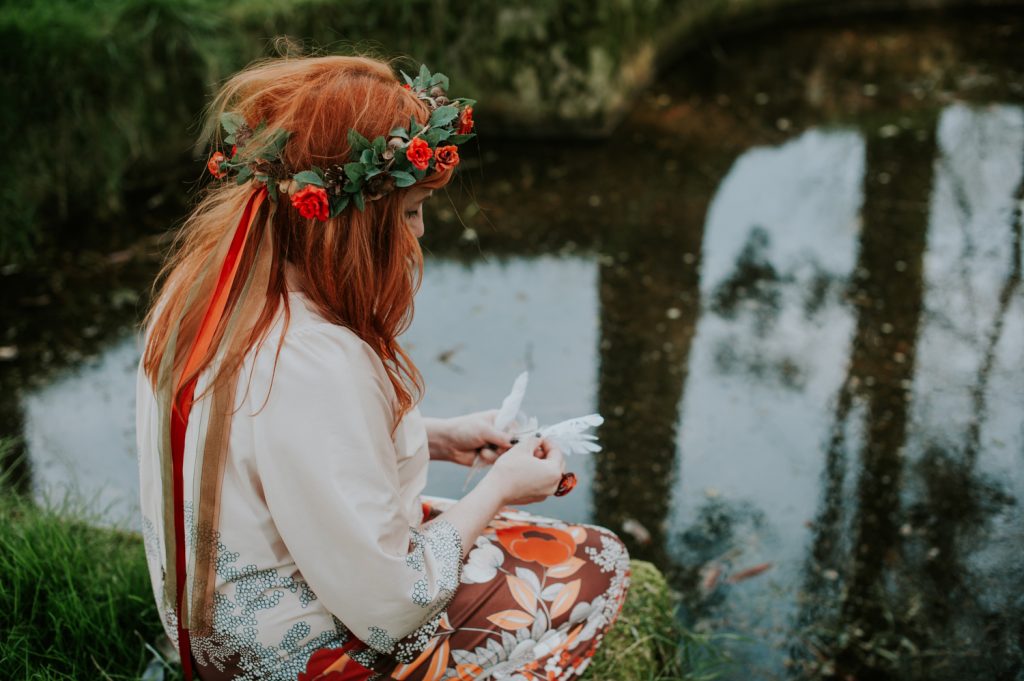
When I finally started writing songs, after my fine art degree, I had no idea what to do with them. They didn’t seem to fit anywhere. No one seemed excited about them, except me. I knew my face and body shape didn’t fit into the mainstream music industry, and I didn’t want to be there anyway. I started a musical collective with some other musical fine artists, and we had a studio for a while. We all had different influences and we played a couple of gigs, but I felt like I was wearing the wrong musical clothes, I just didn’t fit. I heard a friend talking about how his dad regularly frequented a folk club. I had no idea what that was, but I found one on Facebook and took some friends who I had started jamming with on Friday nights after work and went along. I finally felt like I’d found a place to try out my songs. The best bit was that people listened, like really listened. They were so supportive, and my confidence quickly grew. I cut my teeth in folk clubs, festivals, open mic nights and venues all over the place after that, performing in duos and bands until finally taking full creative control as Elfin Bow when I was forced to leave my job as Head of Art in a secondary school, after a diagnosis of fibromyalgia.
Why did it take so long for you to decide to become a performer?
I was such a quiet, shy child, but I think there was always something there, deep inside, yearning to express myself. I still think I’m discovering it now! I guess, I never identified with the egotistical showman thing, the stage school kid, the loud one. I knew if I was to ever perform, it would need to be about something else. I learnt from my artistic escapades that the work isn’t complete until it is experienced by the viewer. I dabbled in some pretty weird performance art at university, where I was reaching for something I couldn’t quite fathom, but I hid behind a video camera instead of performing in a live setting. My friend discovered a book of songs here grandmother had written, and no one had ever heard them. I was struck by the tragedy of that. I don’t want my songs to fester away in a notebook. I want to breathe life into them, even if it is with a pair of tired old bellows!
You undertook a fine art degree. What inspired you to follow this path?
I had quite a narrow art education at school (even at ‘A’ level, I thought all artists were dead as they were the only ones we studied!) However, when I started my foundation course in art and design (after two years of studying for a Bachelor of Education and then giving birth to my first son) I discovered the YBA’s; young British artists like Gilliam Wearing, Tracey Emin, Damien Hirst etc, who had been making sensationalist waves (pun intended as their first exhibition was called ‘Sensation’) and I was introduced to conceptual art. I had had two artists before me in the family, my dad’s brother who passed away when I was 4 and my great uncle, who I also never met. They were both very talented painters and left a legacy of incredible work. That is what I had grown up with, but seeing that art could be anything I intended, completely liberated me and my learning curve was incredibly and excitedly steep. My tutor sent us to private views of artists exhibiting in Liverpool and got us involved in the first ever Liverpool Biennial of Contemporary Art, with which I volunteered for over 6 months, seeing every aspect of making an international exhibition. From curating to building an exhibition in a disused space, from assisting artists from all over the world to install their work, to seeing the inner workings of the office, it was a very seminal moment for me, demystifying the process of being an artist. I could see myself doing that, so I took the path which led to Fine Art.
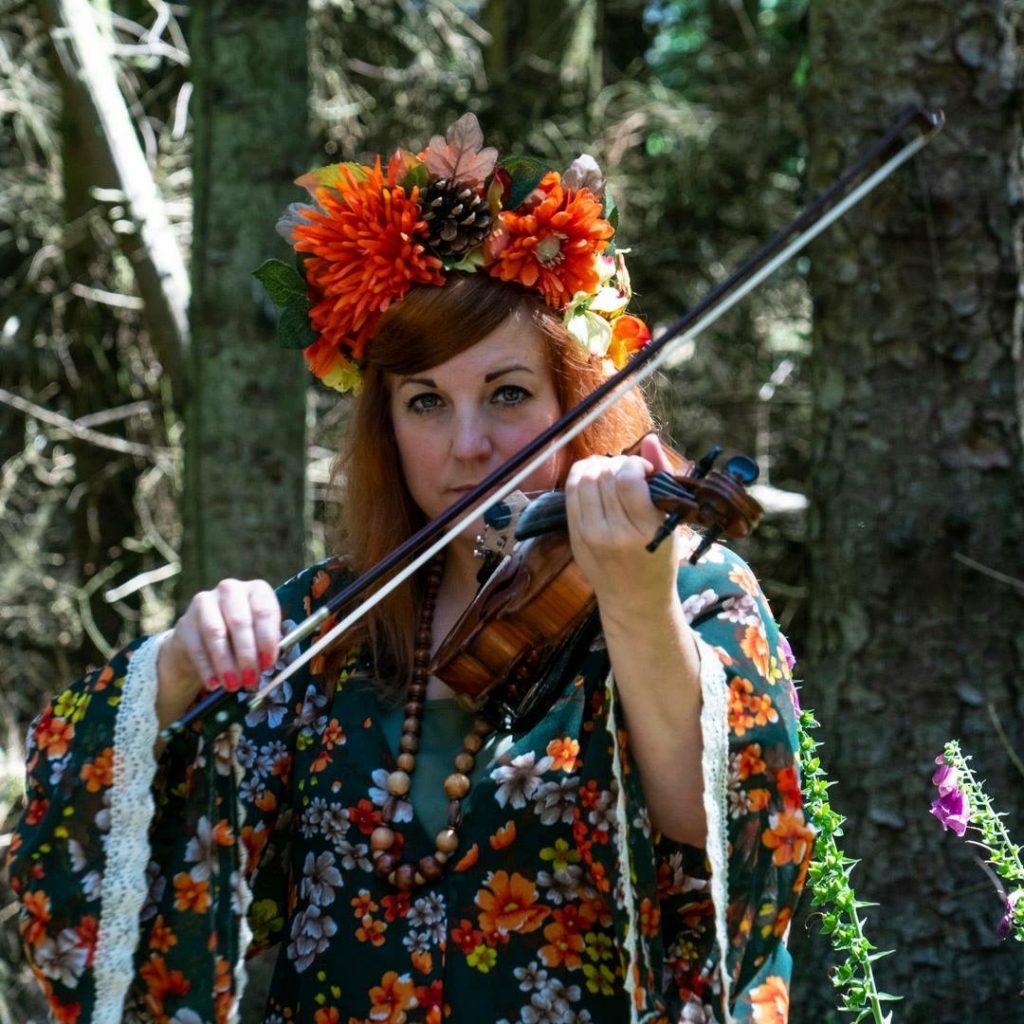
My degree course was another life experience that taught me how to be resilient, how to stick it to the man, how to keep on creating in adversity and how to stand up for myself in my own way. It was not always pleasant or easy, in fact the philosophy of the teaching seemed to be that we needed something to fight against in order to make good work (as if life isn’t hard enough) and to be honest it took a huge amount of effort to get through it. I learnt a lot about myself but I was exhausted by the end of the three years. I came out of it with a 1st, despite nearly poisoning the examiners with some jam tarts (that’s a story for another time!)
You have mentioned the importance of certain people and writers such as Allan Kaprow, Elle Luna, Brene Brown and Tara Mohr being incredibly important as part of your growth. Can you explain what they mean to you for those who may not have come across them?
Allan Kaprow was a New York artist in the 1960’s, who hosted ‘happenings’ in his loft; performance art disguised as real life, with the audience completing the work by being there. He wrote a collection of essays on the ‘blurring of art and life,’ about how art can come to imitate life so much so that it doesn’t even look like art anymore. At the time I was exploring nostalgia of childhood and community, inspired by artists like Rirkrit Tirivanija. I had created a kitchen in the art school gallery, where I invited people to make apple pies with me, from scratch, using apples harvested from the trees in my childhood home. There was no social space in the building and the community was very fragmented. The smell of the pies cooking brought people out from every corner and it was a wonderful way to interact with the space and the people working there.
On graduating, I approached my work in schools in the same way but gradually became more of a teacher than an artist. I read all kinds of books on radical education, thinking that I could question and challenge the status quo; a peaceful ‘agitator’ if you like. My own ‘blurring of art and life’ – and a very poignant dream that showed me why all that I had learned would make me a great teacher – led me into a third stint at uni and a teaching job where I resolved to be a passionate advocate for critical thinking, independent learning and creativity.
You mentioned you had to give up teaching after the diagnosis of fibromyalgia, was it this which made you “walk to the edge of the cliff and stepping off to see if you can fly”
I loved my job. It came at just the right time when the recession hit in 2009 and all my work with schools would have dried up, with drastic cuts in funding. I gave it my all, whilst still trying to be a practicing artist and a budding musician. By my sixth year, and as head of department, the workload trebled, policies became idiotic and I was fighting daily to keep my department valid and relevant in a political system that was favouring core academic subjects over the arts. It was a fantastic school in many ways, but I was exhausted, and my body finally told me to stop. My life came to a standstill and I spent 6 months in and out of hospital until a final diagnosis of Fibromyalgia was given. I went from being a 100-mph woman, mother, teacher, artist and wife, to being on a truckload of meds and feeling like I’d dropped off the world in a matter of months. Refusing to believe this was it, I decided to come off all the medication and treat myself with yoga, mindfulness, meditation and nutrition. It was a long road. I read every self-help book, surrounded myself with inspirational people and made a vision board of how I wanted my life to be.
I discovered incredible women like Elle Luna and Brene Brown, whose words spoke directly to me about taking control of your own life. Tara Mohr wrote a brilliant book called ‘Playing Big,’ which showed me how to step into my fears with confidence and create the life I wanted, before feeling ready. It was just the encouragement I needed to leave my job and create a career in which I could look after myself more. Although I still feel the weight of that diagnosis, it doesn’t define me, or stop me. My desire to create is far far greater than the need to give in. Fibromyalgia is not in the mind – there are very real, debilitating symptoms – but the mind is a very powerful tool that I have learned to harness to keep me living life as fully as possible.
I’m still working in schools. I’ve been on a circular journey of being an artist, teacher, artist, teacher, artist teacher…. and with every rotation, comes new insight and learning for me. I’ve learned that you might visualise your dreams, but you can never imagine the twisty turny, exciting roads that will get you there. Doors open in places you’d never expect. Haha! We’ve come full circle back to stepping through doors and trusting the process. I like circles… and trees.
The music industry – well, any of the creative industries – are not for the thin-skinned or faint-hearted. I’ve always known that no experience is wasted. And I know that the fibromyalgia, the battles as a teacher, the inspirational people who have led me to a higher consciousness and the knowledge I have gained, have all led to me being a resilient creative, better able to survive the ups and downs than I ever could have when I was younger. I know I can fly, and I’m excited about all the challenges that are still to come.
How would you describe your songs to someone who has never heard you?
Why is that always the hardest question? I can list some of the words other people have used to describe my music… pastoral psych-folk, twenty-first century folk, fairytale folk, storytelling that shape shifts between the real and the imaginary, stories that draw you into another world…. I was once told that I needed an ‘elevator pitch’ so at a push, I would probably sum it up with ‘pastoral psych-folk songs and stories, told through mandolin, guitar, banjo, piano and voice. People have likened me to artists such as Kate Bush, Sandy Denny, Tori Amos… sometimes I can see why, but to be honest, I just try to occupy my own creative space. I’m quite happy to jump in and out of boxes that people try to put you into define you.
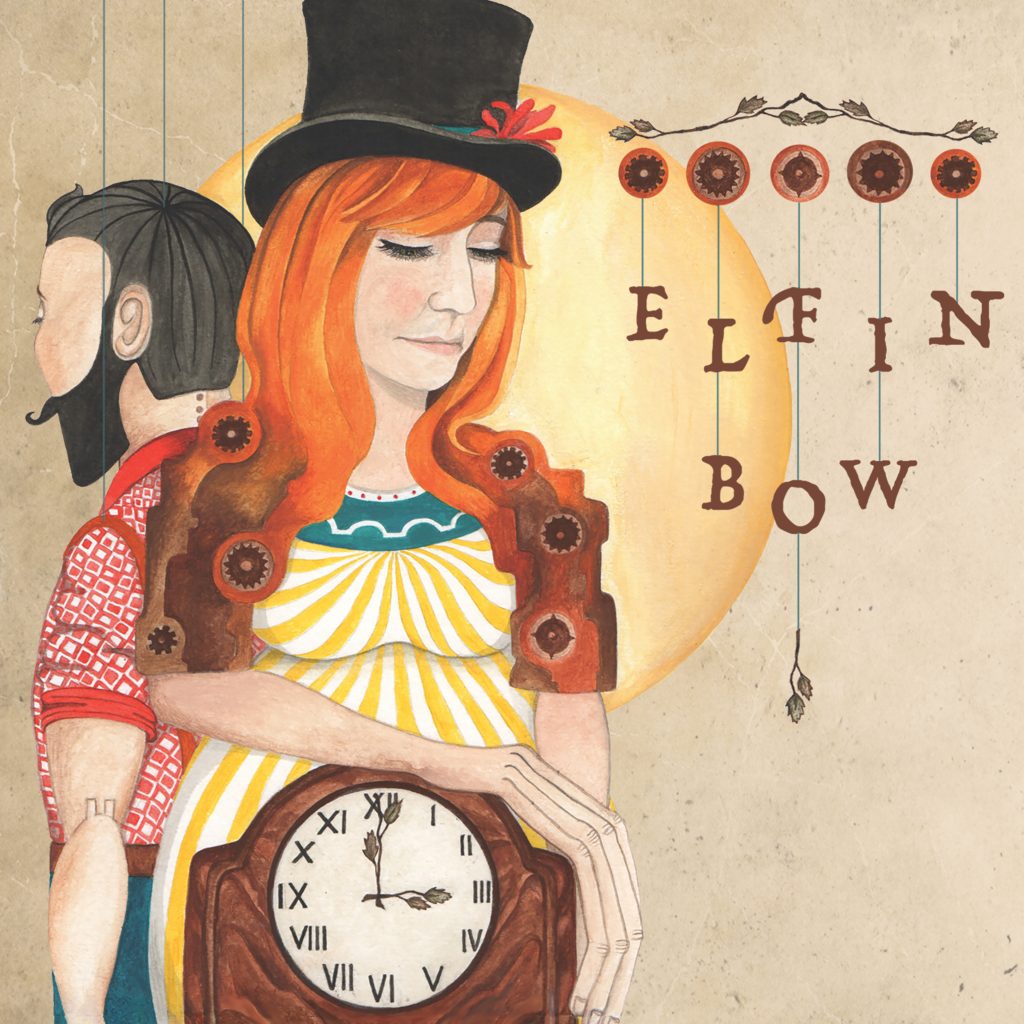
Your debut album launch included more than just music, and it was also recorded and released as a DVD. Why approach it in that manner?
Once a moment is gone, it is gone, unless you retain a version of it by documenting it. Of course, it is never the same as being there, but I was conscious of creating a more lasting record, especially because I was attempting to recreate the album live in its entirety. When I recorded my debut album, it was important to me that it wasn’t so over-produced that it couldn’t be performed live. I wanted a real, honest representation of what could be a great live experience. I do love all the different versions of your songs that exist when you play with different musicians, who bring a different flavour to the songs. But on this occasion, I had most of the musicians that recorded my album, with the exception of Saydyko Fedorova and Oscar South, who had both moved to Ireland. The bass was played by David Griffiths and Skeet Williams joined us on banjo. I don’t have a regular band but have a raft of extremely talented musicians who I can call on when needed. On this occasion, the only time we were all in the same room together and had an opportunity to rehearse the whole set was during soundcheck on the afternoon of the launch. Now, you might say that’s brave, but really, it’s a testament to the trust I had in these guys to create an amazing moment.
Feeling ambitious (or was it a moment of madness?) I hired the Epstein Theatre in Liverpool, a 380-seater venue; historical, magical and beautiful. I felt it was perfect to showcase the album in a grand, yet intimate feeling, setting. The night was carefully crafted with a storyteller, Alice Fernbank, who opened with a story, told through the eyes of Edith Grimshaw, followed by an intriguing set by Bryony Elizabeth and Jonny Darnell on harp and guitar. I had thought of everything from sound, to lighting, to photography, but no video. At the eleventh hour, I reached out to Alex White (SkyFade Media) who filmed and edited the event. It was a labour of love for sure and I am forever grateful to him.
And then as if that wasn’t enough, I had moved to Wales and was getting requests from fans to have another launch there. My taste for theatre had been awakened, so I created a multi-sensory, immersive experience at Theatr Clwyd. We raided the prop store to create Edith Grimshaw’s living room as an installation, complete with a real, live Edith (played by Karen Campbell) living in the space. Community art workshops I ran on the day produced drawings that were projected during the show and Karen and her ten-year-old daughter also performed a spellbinding dance as Edith and her younger self. What the whole experience taught me was that it is possible to delve much deeper into your songs and stories, uncovering layers of meaning. There doesn’t just have to be one reading of a song, an album, a character or an event and that shelf life that we attribute to a ‘new’ album can be a long as we choose.
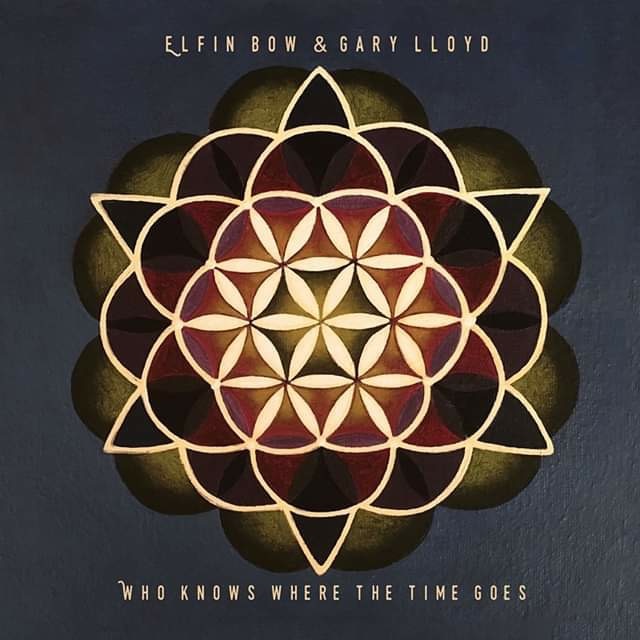
How did you get involved with Keith Jones, FdeM, and what was the reasoning behind recording “Who Knows Where The Time Goes”? What was the experience like?
I walked into the smallest record store in the world, VOD Records in Mold, North Wales, and met its wonderful owner, Colin. He started stocking my album and later contacted me to say that someone had bought it and was playing tracks on their psychedelic radio station. When I checked it out, I saw the FdeM logo on their website and asked Colin about it, he promised to introduce me to Keith, which he did, and we got chatting. Whether you believe in fate, chance, serendipity or whatever, I think of it as threads that you pick up and follow to see where they’ll lead. Sometimes they are joined to other threads, sometimes there’s that door of opportunity. This thread led me to a wonderful new journey of discovery which I am still very happily traversing.
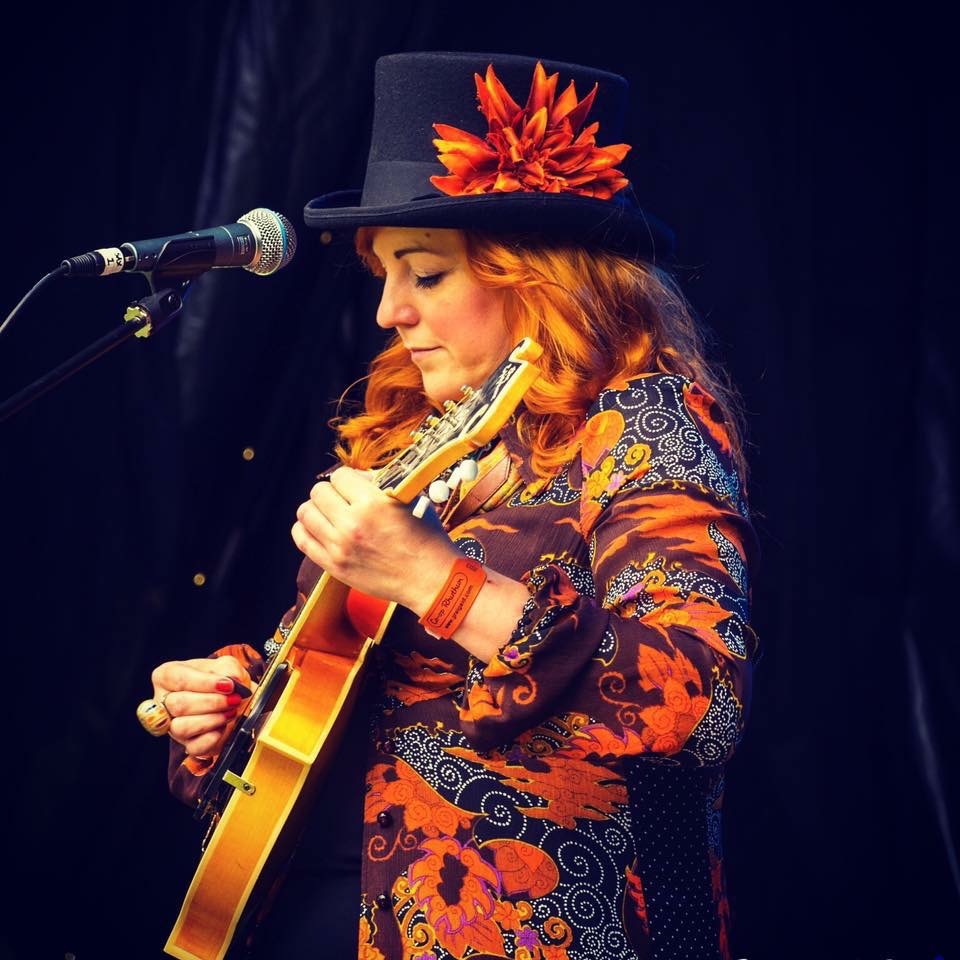
Keith asked me if I did any covers of 69’s or 70’s songs. When I mentioned Sandy Denny’s “Who Knows Where the Time Goes”, he got very excited and asked if I’d like to release it on 7” vinyl. Being the door-walker-througher that I am, I jumped at the chance. I had been performing a version of the song with just me on mandolin but knew that I’d love to experiment more with it and put strings on it. When I asked Gary Lloyd to help me with it, he said, ‘How do you fancy recording with a symphony orchestra?’ Again, I jumped at the chance, booking the session without knowing how in the world I was going to pay the huge costs. Three weeks – and a lot of hard work disguised as fun – later, I had raised £5k with another crowd funding campaign and travelled up to Glasgow with Gary to record at the Royal Concert Hall’s New Auditorium. The whole experience was sensational. I loved every minute! On returning home, we got a band to work on other sounds until we were happy with what we call our ‘love letter to Sandy,’ honouring her prolific talent and pure voice. Talking about revisiting songs and finding new depths, on the B-side was my first ever single, The Wisdom, reworked with the Orchestra. In the same way that performing with different musicians’ changes songs, I love how the recording process can present an opportunity to reimagine songs in a new way.
The FdeM fans really got behind me on this, helping with the crowdfunding and supporting me on social media. FdeM build great and lasting relationships with their fans and their loyalty is rewarded with access to a whole array of amazing and exclusive products. I’m honoured to be a part of that.
What’s next for Elfin Bow for 2019 and 2020, where can we hear you perform and buy your music?
I have written my next album which I’ll be showcasing live before starting the recording process. I find it a great way to test out audience reaction to songs. I’ve written a lot on the piano and I’m still experimenting with different musicians to see how the sounds will develop. So far, it’s extremely exciting. In the meantime, I’m heading into the studio to record an EP in September.
If you already have tickets, you will see me live at the 17th Dream of Dr Sardonicus Festival of Psychedelia in Cardigan. If not, you can catch me at Bodfari Woodland Skills Centre on 30th August for an intimate unplugged gig in the woods, The Well Inn Festival, Holywell, on 7th September, The Barn, Ledbury on 4th October (double headliner with Rise) and Thornton Hough Village Club on 5th October. I’m always on the lookout for interesting, quirky places to play with listening audiences. I’m also working on some incredible joint gigs with Little Sparrow and Daria Kulesh.
I hang out a lot on the World Wide Web so I’m easy to find. I love connecting to like minds and kindred creative spirits on my Instagram and Twitter pages (@elfinbow), Facebook (Elfin Bow Music and Art) and my website (www.elfinbow.com). My music is available on CD and DVD from there and it’s also on most streaming and digital platforms.

